By: Vanessa Grossl, CSG policy analyst
Broadband has long been hailed the new essential utility. For years, states and cities have been leveraging various resources and taking steps to increase access in order for communities to reach their fullest potential. Still, significant access gaps remain and, moreover, affordability is a barrier for many who live in areas where services exist. The pandemic has proven just how vital broadband access is for families to remain safe, healthy and connected.
Back in March, when COVID-19 was first taking off in the states, Ajit Pai, chairman of the Federal Communications Commission (FCC), began convincing internet service providers (ISPs) from around the country to take a “Keep Americans Connected Pledge” in order to prevent individuals, families, and businesses experiencing hardships because of the pandemic from losing connectivity. Companies were specifically asked to:
- Not terminate service to any residential or small business customer because of their inability to pay their bill
- Waive any late fees that were incurred
- Open its Wi-Fi hotspots to any American who needs them
Chairman Pai strongly encouraged those companies with existing low-income broadband programs to expand and improve them by increasing speeds and expanding eligibility and urged providers without them to adopt such programs. He also called on providers to:
- Relax their data cap policies
- Waive long-distance and overage fees
- Work with schools and libraries on unique remote learning opportunities
- Prioritize the connectivity needs of hospitals and healthcare providers
In all, nearlysort by 800 companies signed the chairman’s pledge to Keep Americans Connected and even extended that commitment beyond the initial date of expiration to June 30. Complying with the Keep Americans Connected Pledge has cost the average rural wireless internet service provider about $32,700, according to a member survey conducted by the Wireless Internet Service Providers Association (WISPA). But now that June 30 has come and gone, millions of Americans are losing access or at-risk of losing access to a vital service they’ve come to rely on to help meet their basic needs.
So, What’s Next for Broadband Access?
Now, the FCC is asking Congress to act, whether through broadband vouchers or other measures. The House has passed legislation and various senators have introduced some two dozen bills to address the digital divide over the past few months.
- Back in March, Sen. Amy Klobuchar introduced the Keeping Critical Connections Act of 2020, which is now co-sponsored by more than a third of the Senate. The bill would appropriate $2 billion for a Keeping Critical Connections fund under which small broadband providers could be compensated if they provided free or discounted broadband services or upgrades during the pandemic for low-income families who could not afford to pay their bills or provided distance learning capability for students.
- In May, the House of Representatives passed the HEROES Act, which recognized that more people are relying on home broadband service than ever before and included many provisions to get a lot more people in the U.S. connected.
- In June, Sen. Roger Wicker, who chairs the Senate committee with primary jurisdiction over broadband deployment issues, introduced the Accelerating Broadband Connectivity (ABC) Act of 2020, which would create a fund to be used by the FCC to incentivize Rural Digital Opportunity Fund participants to complete their network buildout obligations on an accelerated timeline.
- Also in June, the Rural Connectivity Advancement Program Act of 2020 was introduced, which would support broadband deployment in rural America.
- On June 29, The Emergency Broadband Connections Act was introduced in the Senate, which would provide a $50/month benefit to workers who have been laid off or furloughed during the pandemic, along with a range of other assistance to ensure families can access critical online services. A companion bill has been introduced in the House.
- On July 1, the House passed the Moving Forward Act, a $1.5 trillion infrastructure plan with a number of provisions to assist states with broadband efforts including hundreds of billion dollars of grant opportunities, including among other things to increase broadband infrastructure in urban, suburban, and rural areas, and to support purchases and deployment of Wi-Fi hotspots.
How Can States Facilitate Access and Connectivity?
There is certainly more work to be done in the states on the digital divide, including for digital literacy initiatives and support for low-income households to be able to purchase broadband. But states may be eligible for grant funding specifically to help rural communities connect, made available through the Coronavirus Aid, Relief, and Economic Security (CARES) Act. Schools as well as libraries and Tribal Organizations may be able to use CARES Act funding for purchasing broadband connectivity and devices through partnering with one of the Keep Americans Connected providers in the states.
States can also, to the extent possible, remove barriers and accelerate permitting processes so that internet service providers (ISPs) are not delayed in building and accessing towers and other pieces of key broadband infrastructure when moving forward with plans to bring access to even faster and more reliable connections and networks to their regions in the form of 5G. This next generation cellular technology will complement businesses’ efforts to maintain productivity and will increase communication between a wide array of emerging internet of things (IoT) devices designed to facilitate a broad range of jobs ranging from medical professionals to manufacturers. With many employees sheltering in place for the foreseeable future, the need to stay connected is more important than ever. If the COVID-19 crisis has taught us anything, it is that we can accomplish so much through technology, even when we should continue to remain physically distant

